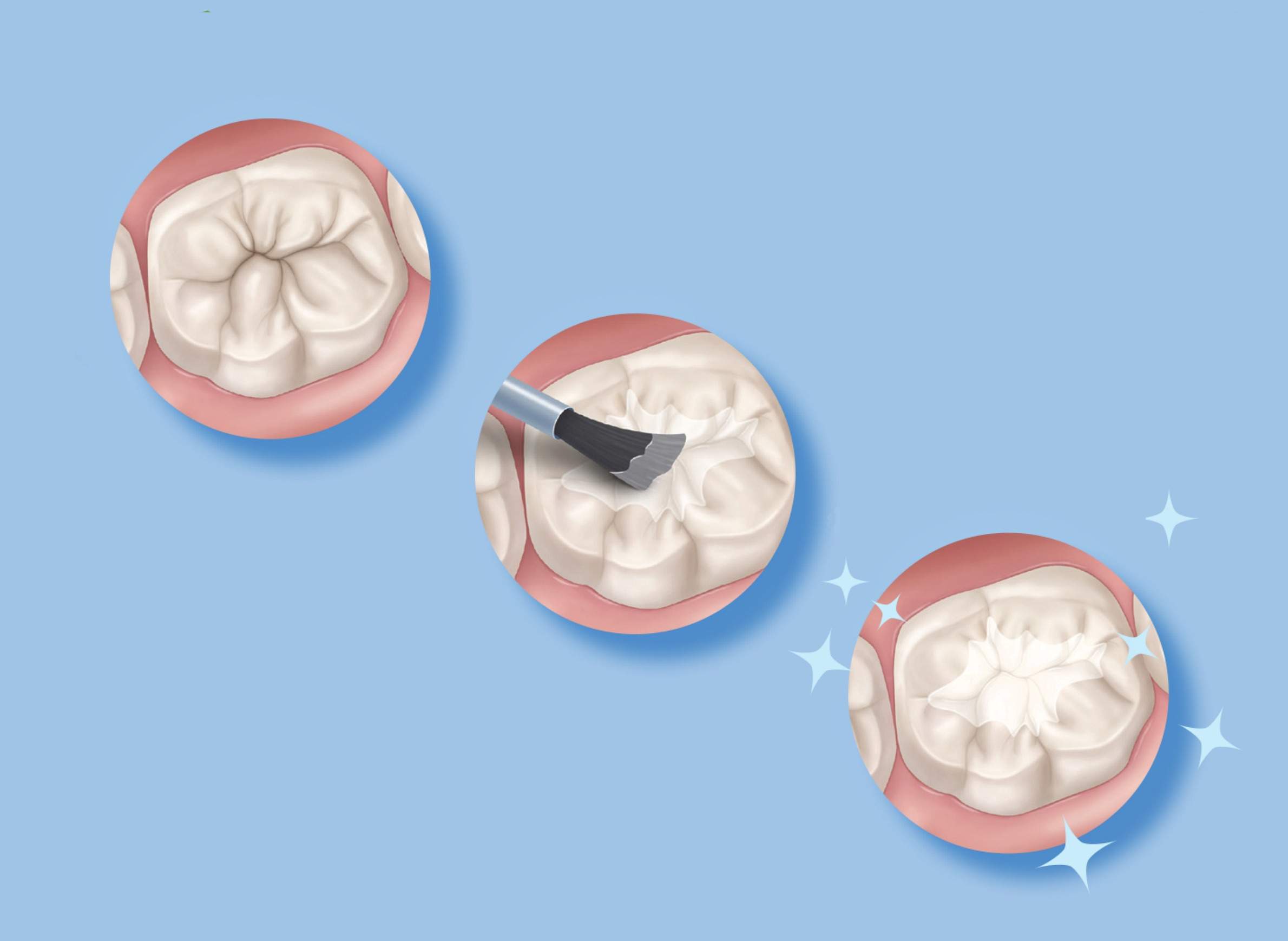
Wisconsin Preventing Children's Cavities Better Than Most States
According to a new report from the Centers for Disease Control, only 40 percent of children ages 6-11 in the U.S. have dental sealants, a coating that helps prevent cavities.
Tom Frieden, director of the Centers for Disease Control and Prevention said kids with painful tooth problems miss more school and have lower grades, noting it impacts more kids from low income families
"Poor children are 20 percent less likely to have sealants than children from higher income families," Frieden said.
Wisconsin's Seal-A-Smile, a school-based program managed by The Children's Health Alliance, is working to change that. Matt Crespin, associate director of the alliance, said the state's Seal-A-Smile program has increased the use of sealants for children from low-income families.
"So if you look at kids in high-risk schools, they actually have higher rates of sealants than kids in low risk-schools," he said.
The state’s most recent oral health survey in 2013 found 61 percent of third graders (of all socioeconomic backgrounds) had sealants; better than the national rate of 40 percent. The state's rate has been climbing over time.
In 2002, 47 percent of school children had sealants. In 2008, 51 percent did. Crespin said schools are chosen to be in the program based on how many kids get free and reduced lunch. About 850 schools across Wisconsin are in the program.
"So we are often times are in schools that have higher percentages of children that are either uninsured or insured by Medicaid, the kids that most oftentimes need this care the most because they have a difficult time accessing care and they have the highest level of disease," he said.
Crespin said Wisconsin’s sealant program is unique in that all schoolchildren, regardless of income, can get their teeth protected, noting the alliance partners with the state Department of Heath Services and Delta Dental, each of which contribute about $350,000 annually to the program.
Wisconsin Public Radio, © Copyright 2023, Board of Regents of the University of Wisconsin System and Wisconsin Educational Communications Board.


